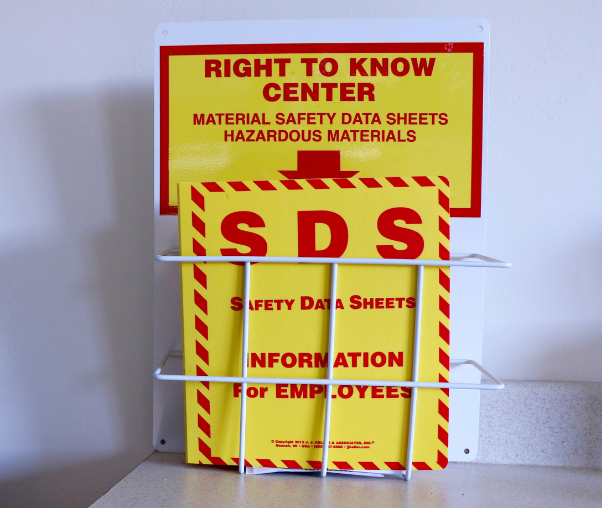Pesticides and the Right to Know

August 5th 1982, farmworker Sacharias Ruiz awoke at dawn in Bryan, Texas. He would not live to see the sun set. Mr. Ruiz’s job that day was to spray Dinitro-3, a highly toxic pesticide, on cotton plants in Bryan, Texas. The pesticide canister had a leak, just a small leak, but, nonetheless, a fatal leak. Soon, Mr. Ruiz was too fatigued to work. When he complained about a headache, the ranch foreman gave him aspirin. Several hours later, the foreman took Ruiz to the hospital. By the time they reached the emergency room, Ruiz had collapsed. He was unable to walk and was incoherent. Just 18 minutes after seeing a doctor, Sacharias Ruiz was dead.
The foreman did not know that aspirin could enhance Dinitro-3’s toxicity. The physician wasted valuable time calling the ranch and having the canister label read to him before he could initiate treatment, but even then, the pesticide label lacked treatment information for Dinoseb poisoning. (Dinitro-3 is part of the dinoseb family.)
None of these men were really at fault for their reactions. There was misleading and missing health information at all levels, from workers to doctors. That lack of information led to Sacharias Ruiz’s death. At the time, health information on pesticides was buried at best and hidden at worst. Legally, no one had the Right to Know what the pesticides could do to people who were exposed.
Dinosebs was banned in the US in 1986, primarily for the increased threat of birth defects among female farmworkers. It had been widely used for 40 years. There has never been a full accounting of the damage due to deaths, birth defects, or just decreased quality of life, caused by this specific pesticide.
The Texas Department of Agriculture in the 1980s, led by Commissioner Jim Hightower, in alliance with the United Farm Workers and sympathetic Texas legislators worked on a regulation that required growers to provide workers and neighbors with the Right to Know about the pesticides being used on the crops, about the symptoms of exposures, and about the recommended treatment.
That regulation and that Right to Know law still stands. Even Sid Miller’s TDA publicizes it on the net.
Here are the details. The Right to Know law gives the workers the right to:

receive Crop Sheets from covered employers;
be informed about pesticides applied to the fields where they will be working;
name an individual or organization to represent an individual worker when trying to obtain pesticide information from the covered employer;
obtain a list of pesticides used at the workplace from the employer;
and not be disciplined or punished in any way for exercising their rights.
The Crop Sheets were a glorious success that the farmworkers and the Hightower TDA achieved. PHIT has collected the oral histories of a number of Texans who were involved in this effort to legislate a RIGHT to KNOW.
WE will be posting several blogs to examine this effort of regulating pesticides during the 1980s in the future. Be sure to subscribe to the PHIT blog, which you can find in the upper right hand corner. Subscribe and you won’t miss any of the exciting PHIT posts.